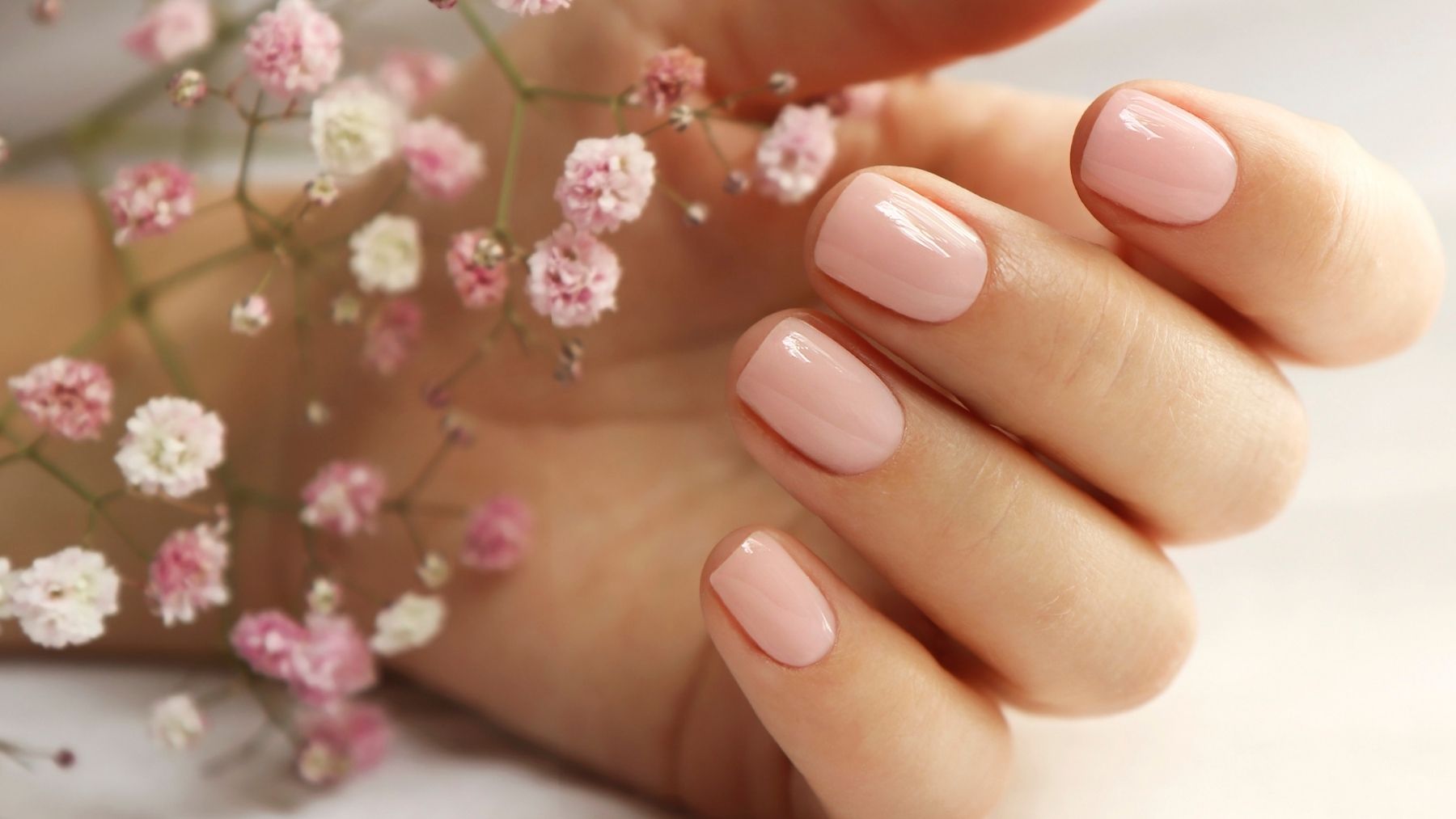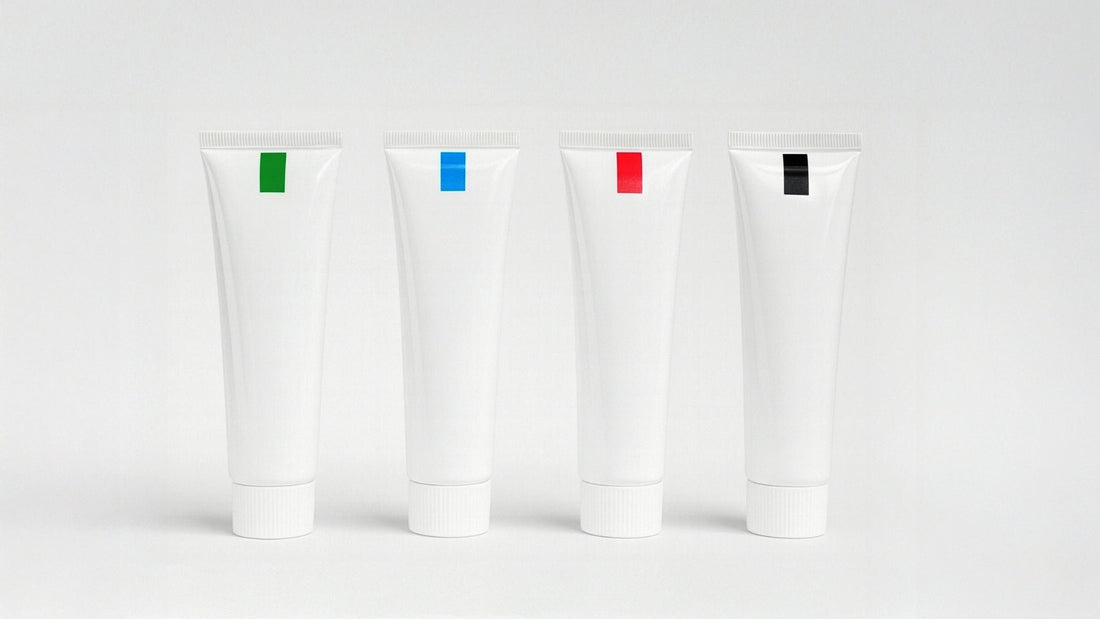Nail problems can be listed as nail peeling, nail cracks, dry nail and nail breakage. They are usually caused by dryness and moisture loss, improper nail cutting, chemicals, vitamin deficiency, fungal and bacterial infections. Solution suggestions for such problems include moisturizing, nail care products, correct manicure techniques, protection from chemicals, vitamin supplements and medical treatment.

Nail Anatomy
The cuticle anatomy includes a tissue structure that protects the nail and surrounding tissues.
Parts of the nail anatomy:
1. Nail Plate:
It is the visible, hard part of the nail. It is made up of a protein called keratin. Underneath is the nail bed.
2. Nail Matrix:
It is the area where the cells that enable the nail to grow are produced. It is located just above the finger bone. The light-colored half-moon-shaped lunula or half-moon at the base of the nail is the only visible part of the matrix. The nail grows from here and damage can cause permanent deformities.
3. Nail Bed:
It is the sensitive vascular area just under the nail plate. It gives the nail its pink color. The nail plate is firmly attached here.
4. Eponychium (Cuticle):
It is the thin layer of skin at the base of the nail. It protects the nail and matrix from bacteria and external factors. Excessive cutting can cause infections.
5. Hyponychium:
It is a thin layer of skin located just below the free edge of the nail plate. It forms a barrier against infection by covering the underside of the nail.
6. Paronychium:
The soft tissue on the sides of the nail. This area is prone to inflammation and infections called "paronychia" are often seen here.

Characteristics of Healthy Cuticles
It should be pink or pale pink in color:
The cuticles should be a natural pink color, and there should be no color changes such as paleness or bruising.
It should be moist and flexible:
Dry, hard or peeling cuticles are unhealthy. Healthy cuticles have a soft and flexible texture.
Must be neat and intact:
There should be no peeling, cracking or excessive retraction. If the cuticles are constantly cracking or breaking, this may be a sign of vitamin deficiency or irritation from external factors.
There should be no inflammation, redness or swelling:
If there is any swelling, tenderness or redness around the nail edge, this could be a sign of infection.
It should be painless and tender:
There should be no pain or ache when you touch the cuticles.
The cuticle structure must be smooth:
Cuticles should be slightly adherent and thin to protect the nail bed. Excessively hardened or retracted cuticles can negatively affect nail health.

Main Causes of Nail Problems
Environmental Factors
Moisture and Dryness Imbalance
- Excessive exposure to water: When hands are frequently exposed to water, the cuticles become soft and easily irritated.
Detergents and chemicals: Cleaning products, soaps and disinfectants can dry out the cuticles and cause them to crack.
Weather Conditions
- Cold weather: Low temperatures and wind dry out the skin and cuticles, causing cracking.
- Hot and dry weather: Causes moisture loss, which can cause the cuticles to harden and peel.
Nutritional Deficiencies
Nutritional deficiencies that lead to nail problems are often caused by vitamin and mineral deficiencies. Here are the most common deficiencies and their effects on the nails:
1. Biotin (Vitamin B7) Deficiency: Causes the nails to weaken, dry and crack.
2. Vitamin A Deficiency: Causes the skin and nails to dry, become sensitive and crack.
3. Vitamin C Deficiency: As it reduces collagen production, it leads to weakening of the cuticles, bleeding and slowing down of the healing process.
4. Vitamin E Deficiency: It dries out the cuticles, causing cracking and irritation.
5. Iron Deficiency: Causes the cuticles to become pale, dry and sensitive. Nails may also become thin and break.
6. Zinc Deficiency: Causes the cuticles to peel, heal slowly and become irritated.
7. Omega-3 Deficiency: It dries the skin and cuticles, causing cracks.
8. Protein Deficiency: Causes the cuticles to become weak and prone to irritation.
9. Dehydration: It causes the body's moisture balance to be lost, which causes the cuticles to dry out, harden and crack.
Wrong Care Habits
Instilling the habit of protecting your cuticles from an early age can put aside issues that will cause problems throughout your life.
Picking or Biting Cuticles: Picking or biting your cuticles increases the risk of infection and inflammation. It can create open wounds, which can lead to bacterial or fungal infections.
Overcutting Cuticles: Cuticles are a natural barrier that protects nails from infection. Cutting too much can cause irritation and infection. Deep cuts can cause bleeding and pain.
Using Unhygienic Tools: Using unsterilized nail clippers or meat tweezers increases the risk of infection. Shared manicure tools can cause fungal or bacterial infection.
Excessive and Harsh Manicure Practices: Pushing the cuticles too hard or filing them hard can cause irritation. Chemical-based nail polish removers and harsh manicure products can dry out the cuticles.
Chemical Exposure: Nail polish removers that contain strong solvents like acetone dry out the cuticles and cause irritation. Handling detergents and cleaning materials without gloves can cause the cuticles to wear down.
Not Moisturizing Enough: Unmoisturized cuticles dry out, crack, and become sensitive. Especially people who wash their hands frequently or are exposed to cold weather should moisturize regularly.
Continuous use of gel or acrylic nails: UV lamps and artificial nail applications can dry out and weaken the cuticles. Improper removal procedures can damage the cuticles.
Nail Biting Habits
Nail biting (onychophagia) is the unconscious biting and tearing of one's nails and sometimes cuticles, usually due to stress, anxiety, distress or habit. It usually begins in childhood and continues into adulthood in some people. The main harms of nail biting are:
Nail and Cuticle Damage
- Nails become deformed: Constant biting causes nails to look irregular and ugly.
- Cuticles become irritated: When cuticles are torn, open wounds can form, increasing the risk of infection.
- Nail growth disorders: When the nail root is damaged, the nail may grow unhealthily and irregularly.
Risk of Infection
- Bacterial and fungal infections: Bacteria found in the mouth can infect the nail and cause inflammation (such as a nail infection called paronychia).
- Wart and fungal formation: Nail biting can lead to the transmission of viruses (such as HPV) to the nail area.

Risk Factors That May Cause Nail Problems
Seasonal Effects
In the winter months, the cold weather causes dryness, cracking, and peeling of the cuticles. In the summer months, the increase in temperature can cause discomfort such as sweating, fungus, and infection in the cuticles. Finally, in the spring months, the most important factor is allergic reactions. Such reactions can cause itching, dryness, and peeling of the cuticles.
Occupational Exposure
In occupational groups that are exposed to chemicals a lot (hairdressers, beauticians, cleaning workers), constantly exposing the hands to these conditions can cause dryness and irritation in the cuticles. Another risk factor is that the cuticles of people who do physical and mechanical work can be exposed to violence or irritation.
Hand Hygiene Products
The substances we use while paying attention to hygiene can damage our hands, nails and cuticles due to their content. These can be alcohol-based disinfectants, antibacterial soaps, use of latex gloves and creams and lotions containing harsh chemicals. Using such products can cause problems such as serious dryness, cracking and wound formation in the cuticles.
Nail Treatment
Some of the most important steps in preventing cuticle problems are practicing proper hand care, creating a moisturizing routine, and using appropriate protective products.
Proper Cuticle Care
Hand care usually starts with a manicure. The biggest mistake made here is cutting the cuticles. Instead, they should be pushed back. The tools used should be personalized and sterile. Otherwise, it can cause fungus and infection. Another thing is that instead of chemicals such as nail polish removers, hand care can be completed with products that are purer in content and will not irritate the skin. Using a cuticle moisturizer should be considered the safest of all possible care.
Moisturizing Routine
Creating a moisturizing routine is very important in eliminating dryness in the cuticles. This routine can be created with moisturizers suitable for the skin every day. Especially in the winter months, since there may be extra cracking and dryness in cold weather, the routine can be supported with intensive moisturizers.
Use of Protective Products
To prevent dryness of the cuticles, appropriate moisturizers, cuticle oils, and cuticle softening products can be used. In daily life, gloves containing nitrile or cotton products can be used instead of latex to protect hands at work. Gentle hand soaps and alcohol-free products should be used to prevent the cuticles from losing moisture.

Natural nail care
Nail problems can be treated with natural methods. Some of these include regularly using nutritious oils and vitamin supplements.
Nourishing Oils
Applying a few drops of valuable fixed oils such as almond oil, coconut oil, olive oil or jojoba oil to the nails and cuticles at night helps to treat nail breakage , nail breakage, nail crack treatment and nail dryness. Nail care pen, a very valuable solution from an expert in this regard, is with you. Thanks to its fixed oils, rich minerals and easy use, it prevents problems such as dryness, breakage and peeling of the cuticles.
It is very important to check if the nail care products contain hormone disruptors, harmful chemicals and carcinogenic substances and to get into the habit of reading labels. These products, which are used from a young age, can cause various blockages especially in acupuncture points, as they are areas with intense blood flow.
Vitamin Supplements
Water should be consumed at least 2 liters a day as the most important vitamin. It is very important in addition to moisturizers used to maintain the body's moisture balance. Apart from this, Biotin (vitamin B7), vitamin E, vitamin C, vitamin A, vitamin D, zinc and iron are vitamins that can be used. Consuming foods that contain these vitamins in abundance in our daily nutrition habits will also help the treatment. Consuming rich foods such as eggs, almonds, olive oil and lemon is very important.
SOURCE
Jangra RS, Gupta S, Singal A, Kaushik A. Hangnail: A simple solution to a common problem. J Am Acad Dermatol. 2019;81(5):e123-e125.
Relhan, Vineet et al. “Management of chronic paronychia.” Indian journal of dermatology vol. 59.1 (2014): 15-20. doi:10.4103/0019-5154.123482
Leggit JC. Acute and chronic paronychia. Am Fam Physician. 2017;96(1):44-51. PMID: 28671378 pubmed.ncbi.nlm.nih.gov/28671378/.





